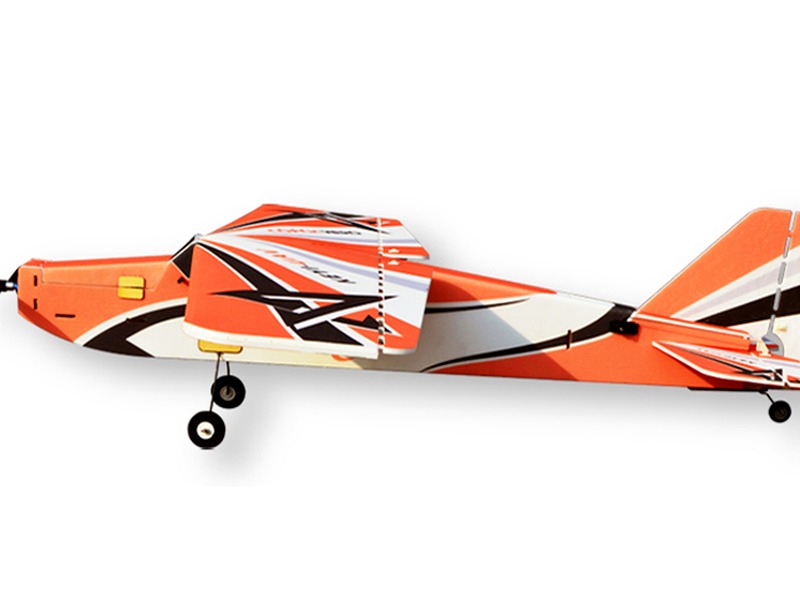How many channels can a RC plane have?

The number of channels for a remote controlled (RC) plane depends on the sophistication of the aircraft and its intended use. Generally speaking, smaller RC planes typically require fewer channels than larger, more complex aircraft.
The most basic remote control planes may only have two channels – one for controlling the throttle and one for controlling the rudder. This is sufficient for basic flying and can be used to fly in a straight line and make basic turns.
More advanced RC planes may require up to four channels, which can be used to control the ailerons and elevator in addition to the throttle and rudder. This provides a greater degree of control over the aircraft and enables more advanced maneuvers.
For larger, more complex planes, such as those used for aerobatics or racing, it may be necessary to use up to six channels. This allows the pilot to control the ailerons, elevator, throttle, rudder, and flaps, as well as the speed of the motor. This level of control gives the pilot the ability to perform more advanced and intricate maneuvers.
Additionally, some more advanced RC planes may require additional channels for various auxiliary functions. These could include channels for controlling landing gear, retractable wings, lights, smoke systems, and other accessories. Depending on the complexity of the aircraft, it is possible to have up to eight or even ten channels for controlling these various functions.
In terms of the number of channels for a RC plane, the exact number will depend on the size and complexity of the aircraft, as well as its intended use. Generally speaking, smaller planes may require as few as two channels, while larger, more complex planes may require up to ten channels or more.
Comments / Question
2. Increased safety: With more channels, the pilot can control the plane more precisely, allowing for safer flying.
3. Increased precision: With more channels, the pilot can make more precise adjustments to the plane’s movements, allowing for greater accuracy and control.
4. Increased range: With more channels, the pilot can control the plane from a greater distance, allowing for longer flights.
5. Increased flexibility: With more channels, the pilot can customize the plane’s movements to suit their needs, allowing for greater flexibility.

